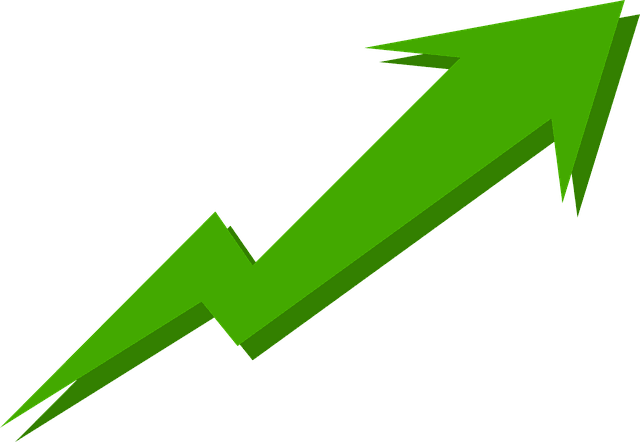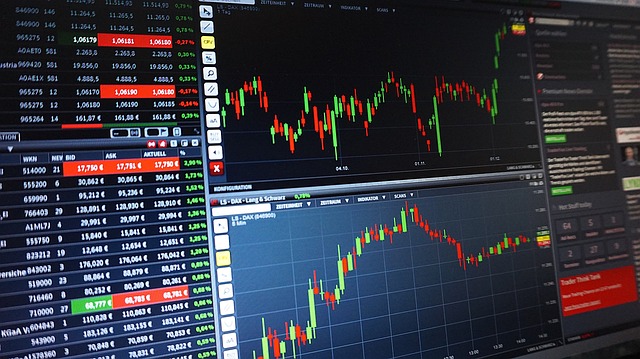The Rise of AI Trading Bots: Revolutionizing the Financial Markets
In recent years, the landscape of trading has undergone a transformative shift, primarily due to the advancements in artificial intelligence (AI) and machine learning technologies. AI trading bots have emerged as a powerful tool for traders and investors, allowing them to automate their trading strategies, make data-driven decisions, and potentially achieve greater profitability. In this comprehensive article, we will delve into what AI trading bots are, how they operate, their advantages and disadvantages, and their impact on the future of trading.

What Are AI Trading Bots?
AI trading bots, often referred to simply as trading bots, are software programs that use artificial intelligence algorithms to analyze market data, identify trading opportunities, execute orders, and manage portfolios. Unlike traditional trading methods that rely on human judgment, these bots leverage vast amounts of data, real-time analytics, and predefined algorithms to make informed trading decisions.
Key Components of AI Trading Bots
- Data Analysis: AI trading bots analyze historical and real-time market data, news articles, and social media sentiment to identify trends and patterns.
- Algorithm Development: Algorithms are created based on predefined trading strategies, which can include technical analysis, fundamental analysis, or a combination of both.
- Risk Management: Bots incorporate risk management strategies to minimize potential losses and optimize profits through proper position sizing and trade management.
- Execution: AI trading bots execute trades autonomously, placing buy or sell orders based on the signals generated by their analysis.
How Do AI Trading Bots Work?
Understanding the workings of AI trading bots involves looking at the underlying technologies and methodologies that drive their performance. These bots are typically developed through several stages:
1. Data Collection
To operate effectively, AI trading bots require access to vast datasets. This data can include price history, volume data, economic indicators, and even unstructured data from news articles or social media. The more comprehensive the dataset, the better the bot's ability to identify trends and make accurate predictions.
2. Machine Learning Algorithms
At the core of these bots are machine learning algorithms that enable them to learn from historical data. These algorithms gradually improve their predictions and trading strategies over time as they process more data. By testing and validating different strategies, bots can optimize their performance and adapt to changing market conditions.
3. Strategy Implementation
Once a bot has been trained on the data, it implements various trading strategies. Some commonly used strategies include trend following, mean reversion, arbitrage, and statistical analysis. Each strategy has its strengths and weaknesses, and a good trading bot may incorporate multiple strategies to enhance its effectiveness.
4. Trade Execution
After analyzing the markets and identifying trading opportunities, AI trading bots execute trades automatically. This automation allows for lightning-fast decision-making and order placement—qualities that human traders often cannot match, especially in volatile markets.
Advantages of AI Trading Bots
The adoption of AI trading bots has several notable advantages for traders and investors:
1. 24/7 Trading Capability
AI trading bots operate around the clock, which means they can capitalize on trading opportunities in real-time without the need for human intervention. This continuous operation is particularly advantageous in the global financial markets, which never sleep.
2. Emotion-Free Trading
One of the biggest challenges traders face is managing their emotions, which can lead to irrational decisions. AI trading bots eliminate emotional biases, allowing for a disciplined and systematic approach to trading.
3. Speed and Efficiency
The speed at which trading bots can analyze data and execute trades far outpaces that of human traders. This immediacy can be critical in a fast-moving market where prices can change in fractions of a second.
4. Enhanced Data Analysis
AI trading bots excel at analyzing vast amounts of data, identifying hidden patterns, and generating insights that human traders might overlook. This capability enables more informed trading strategies and decision-making.

Challenges and Disadvantages of AI Trading Bots
Despite their advantages, AI trading bots come with their own set of challenges and limitations:
1. Market Volatility
While AI bots can be incredibly efficient, they are also susceptible to market volatility. Sudden price movements or unexpected news can lead to significant losses if the bot's algorithms fail to adapt quickly.
2. Over-Optimization
One of the risks of relying on AI trading bots is the potential for over-optimization. This occurs when a bot is fine-tuned too much based on historical data, leading to poor performance in live markets. A well-designed bot should balance optimization with robustness.
3. Dependency on Technology
As with any technology, there is an inherent risk of system failures or malfunctions. Traders relying heavily on AI bots must be prepared for potential downtimes and ensure they have backup plans in place.
4. Limited Understanding of Market Drivers
While AI trading bots excel at data analysis, they lack the nuanced understanding of market psychology and macroeconomic factors that can significantly influence price movements. This limitation can occasionally result in misguided trading decisions.
The Future of AI Trading Bots
As we look ahead, the potential for AI trading bots continues to expand. With ongoing advancements in machine learning and natural language processing, these bots are becoming more sophisticated and capable of interpreting complex data and market trends. Here are a few trends to watch:
1. Integration with Blockchain Technology
The integration of AI trading bots with blockchain technology could enhance transparency and security in trading transactions. This synergy may also open up new opportunities for decentralized finance (DeFi) platforms.
2. Improved Predictive Analytics
As AI algorithms evolve, we can expect improved predictive capabilities. Enhanced models could incorporate even more variables and data sources, further refining the ability of trading bots to predict market trends.
3. Customization and Personalization
In the future, traders may have the opportunity to customize their AI trading bots to better fit their personal trading styles and risk tolerances. This level of personalization could further bridge the gap between automated trading and individual trader preferences.
4. Ethical Considerations
As AI trading bots become more prevalent, discussions around ethical considerations and regulations in trading will intensify. It is essential for the industry to establish guidelines to ensure that AI is used responsibly and ethically in financial markets.
Final Thoughts
In my opinion, AI trading bots represent an exciting frontier in the world of finance. They are reshaping how traders approach the market, unlocking new levels of efficiency and data analysis that were previously unattainable. However, it is crucial for traders to approach AI trading bots with a balanced mindset. While they offer numerous advantages, they are not foolproof and should complement, rather than replace, human trading intuition and expertise.
As technology continues to evolve, the relationship between human traders and AI trading bots will likely grow more complex and intertwined. Those who adapt and learn how to harness this technology will have a distinct advantage in the competitive world of trading. Ultimately, combining the strengths of both human judgement and AI capabilities will pave the way for the next generation of trading success.